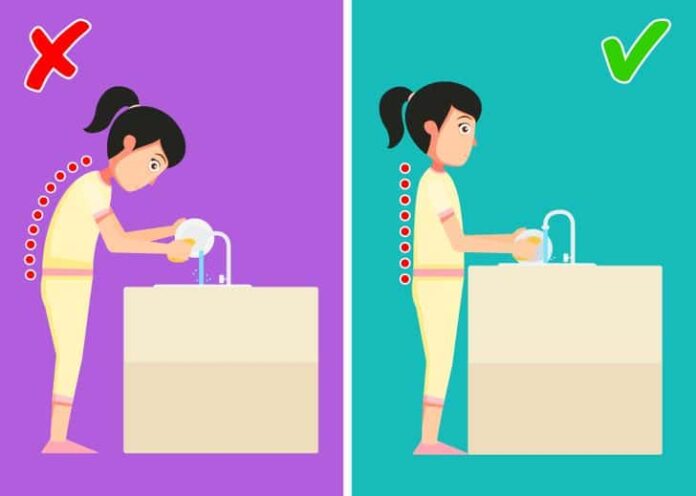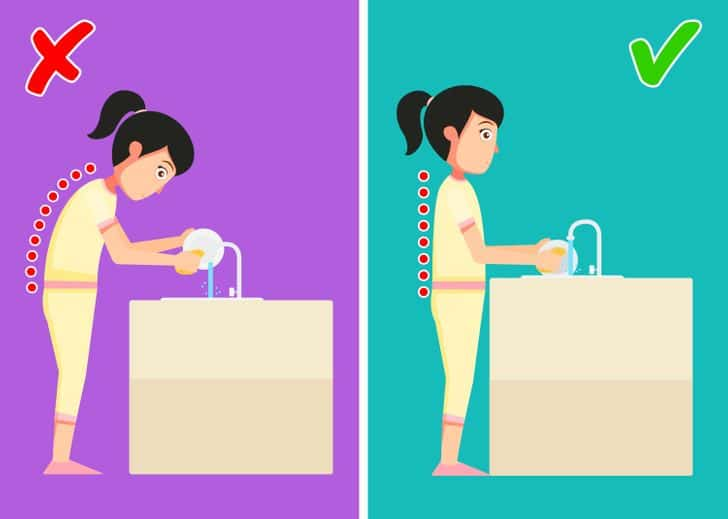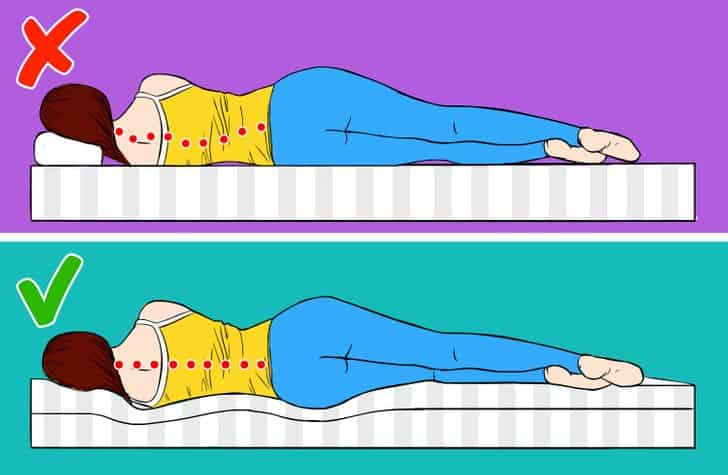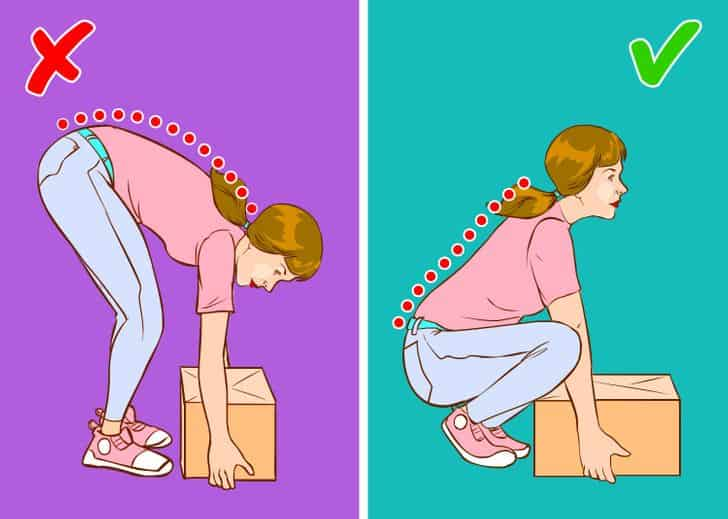
Around 80% of people worldwide have back discomfort at some point in their lives. Experts claim that this discomfort is not usually a sign of a severe injury or sickness. The risk factors that we all face on a daily basis are all too frequently the true reason. We’ll go into more detail about those risks today.
Keep your back straight, our parents used to warn us as children. However, we frequently forget about this guideline amid the daily commotion and only comes to mind when we are in agony.
1. Occupational factor

Back issues affect a wide range of people, not only those whose jobs require heavy lifting and strenuous physical labour. Among the occupations that encounter significant daily back strain include cosmetologists, nail technicians, architects, drivers, engineers, office workers, and seamstresses.
It’s crucial to take a brief break from work at least once every hour because of this. Reduce the strain on your back muscles by getting up from your desk, doing a little warm-up, or at the very least, stretching your legs.
2. Organizing your working environment at home

You might believe that your back is safe once you get home from work. Your home or apartment’s warm ambience encourages relaxation and makes it easier to forget about good posture. However, all of those regular domestic tasks (including dishwashing, cooking, or ironing) are just as dangerous in terms of risk factors.
The most crucial step is to completely adapt your surroundings to your wants. Your sink, table, and ironing board must all be at a height that is appropriate for you. This is essential to maintain a straight spine and calm back muscles while working around the house.
3. Uncomfortable shoes
Our well-being suffers as a result of trying to meet today’s aesthetic standards, which is frequently intolerable. We frequently overlook the fact that our footwear has a direct impact on our posture because we are mesmerised by the sight of a pair of stunning high-heeled shoes in a store window. Keep in mind that wearing high heels for more than two hours a day is not advised.
A completely flat sole, however, puts an equivalent amount of strain on your spine. Your bodily weight is wrongly distributed, which causes this. As a result, your back muscles are forced to carry extra weight. In conclusion, flat-soled footwear is also inappropriate for daily wear.
4. Large bags

Huge bags are currently a major fashion trend, which is dangerous for your back’s health as well. This pattern makes it more tempting to carry about additional items, whether or not they are actually useful or just add bulky, unnecessary “dead weight.”
Examine your bag’s contents in detail and take out any superfluous items. Leave only the things you truly use on a daily basis.
If worn correctly on two shoulders rather than one, a backpack is a great option for everyday use. Instead of hanging at waist level, adjust the straps so that your backpack presses firmly against your shoulder blades.
5. Tight-fitting clothes

Fashion also requires us to give up comfort by forcing us to wear constricting clothing. Pencil skirts dress in cropped skirts, and skinny jeans (yes, men wear them too) all significantly restrict the range of motion and impair blood flow. Additionally, the strain on your back muscles causes back pain at the end of the day.
The choice of underwear is crucial for women as well. Shapewear exerts significant strain on the muscles, obstructing blood flow to them. Keep in mind that comfort should always come before beauty when buying your everyday bra. We encourage you to choose clothing with broad straps.
6. Stress and depression

Many of the sad emotional states we experience on a daily basis, according to recent scientific studies, may result in overly tight back muscles.
When we are angry, we stop focusing on our posture, which causes our shoulders to drop and our backs to round out. Unavoidable back and waist discomfort results from this. Stress can be reduced by engaging in physical activity. Take your time and choose a pastime that will truly bring you joy. Whether it’s dancing, swimming, or running, choose an activity that makes you feel better.
It is preferable to speak with an expert in the event of protracted depression. This will aid in finding a rapid solution to the issue.
7. Incorrect sleeping position

In addition to making it difficult for you to get a decent night’s sleep, an uncomfortable mattress can also cause back pain. Having a stiff mattress can undoubtedly affect posture. On the other hand, it’s not a good idea to sleep on surfaces that are overly soft. The best option is to get a mattress that is reasonably firm.
Your spine should not slouch when you are sleeping. Make sure your head does not remain too high or low if you want to sleep on your side. If you frequently sleep on your back, place a pillow at knee height between your legs. Your waist will feel lighter as a result of this.
8. Lifting heavy objects the wrong way

It is undeniable that carrying large objects is bad for your back. But a variety of circumstances in our daily lives force us to engage in this kind of action.
Keep in mind this simple guideline to prevent harm to your spine:
Keep your knees bent and your back straight and level while you lift heavy objects.
Would you like to contribute anything from your own experience to this list? Post your ideas and advice in the comments section below!
Preview photo credit pixabay.com, pixabay.com



